THE LAST DAYS OF JOSÉ RIZAL: A Timeline of His Last Arrest, Incarceration, Execution and the Journey of His Remains
by xiaochua
Compiled by Prof. Sir Michael Charleston “Xiao” B. Chua, K.O.R.
Order of the Knights of Rizal, Sucesos Chapter
This brief timeline was prepared by a historian for the commemoration of the centenary of the transfer of José Rizal’s remains to its present burial site at the Rizal Park which will be re-enacted by the Order of the Knights of Rizal on 30 December 2012. This timeline was featured at ABS-CBN News.com http://www.abs-cbnnews.com/lifestyle/12/10/12/last-days-rizal, at the Bagumbayan (The official newsletter of the Order of the Knights of Rizal) and at the souvenir program of the recently concluded 50th National Rizal Youth Leadership Institute. Special thanks to Sir Choy Arnaldo for encouraging me to make this timeline.
6 October 1896, 3:00 AM: On his 4th day of being held in his cabin at the MV Isla de Panay docked at Barcelona, Spain on his way to Cuba, Rizal was awakened to be brought to Montjuich Prison in Barcelona, Spain.
6 October, 2:00 PM: Interview with General Eulogio Despujol
6 October, 8:00 PM: Aboard the Colon, Rizal left Barcelona for Manila.
3 November: Rizal was brought to Fort Santiago, where other patriots, including his brother Paciano, were being tortured to implicate him. Paciano refused to sign anything despite being his body broken and his left hand crushed.
20 November: Preliminary investigation began with Rizal appearing before Judge Advocate Colonel Francisco Olive. The investigation lasted five days.
26 November: The records of the case were handed over to Governor General Ramon Blanco who then appointed Captain Rafael Dominguez as special Judge Advocate.

Detail from “Governor Ramon Blanco and his Troops” by Felix Martinez, 1895. National Art Gallery, National Museum of the Philippines.
8 December: From a list submitted to him by the authorities, he chose the brother of his friend, Lt. Luis Taviel de Andrade to become his trial lawyer. He was only made to choose among army officers and not a civilian lawyer.
11 December: In his prison cell, Rizal was read the charges against him: “principal organizer and the living soul of the Filipino insurrection, the founder of societies, periodicals and books dedicated to fomenting and propagating the ideas of rebellion.”
13 December: Ramon Blanco was replaced by Camilo de Polavieja, a more ruthless character, as Governor General of the Philippines. Dominguez submitted the papers of the Rizal case to Malacañan Palace.
15 December: Rizal issued his manifesto to certain Filipinos calling to end the “absurd” rebellion and to fight for liberties with education as a prerequisite. The authorities supressed the manifesto.
25 December: Rizal’s saddest Christmas, away from family and friends.
26 December, 8:00 AM: Trial of Rizal began at the Cuartel de España. On the same day, the court-martial secretly and unanimously voted for a guilty verdict with the penalty of death before a firing squad.

Cuartel de Espana, used to be at the present site of the Pamantasan ng Lungsod ng Maynila. Courtesy of Vibal Foundation, Inc.
28 December: Polavieja signs the death verdict.
29 December, 6:00 AM: Rizal was read his verdict by Captain Rafael Dominguez: To be shot the next day at 7:00 AM at the Luneta de Bagumbayan (Rizal Park).
29 December, 7:00 AM: Rizal was transferred to the chapel cell adorned by religious images to convince him to go back to the Catholic fold. His first visitors were Jesuit priests Fathers Miguel Saderra Mata and Luis Viza.
29 December, 7:15 AM: After Fr. Saderra left, Rizal asked Fr. Viza for the Sacred Heart statuette which he carved when he was an Ateneo student. From his pocket the statuette appears.
29 December, 8:00 AM: Fr. Viza was relieved by Fr. Antonio Rosell who joined Rizal for breakfast. Lt. Luis Taviel de Andrade joins them.
29 December, 9:00 AM: Fr. Federico Faura, who once said that Rizal would lose his head for writing the Noli Me Tangere, arrived. Rizal told him, “Father you are indeed a prophet.”
29 December, 10:00 AM: Fathers José Vilaclara and Estanislao March visited Rizal, followed by a Spanish journalist, Santiago Mataix of El Heraldo de Madrid, for an interview.
29 December, 12:00-3:30 PM: Rizal’s time alone in his cell. He had lunch, wrote letters and probably wrote his last poem of 14 stanzas which he wrote in his flowing handwriting in a very small piece of paper. He hid it inside his alcohol stove. The untitled poem was later known as Mi Ultimo Adios (My Last Farewell). In its second stanza, he already praised the revolutionaries in the battlefield for giving their lives “without doubt, without gloom.”
29 December, 3:00 PM: According to an account of the agent of the Cuerpo de Vigilancia guarding Rizal’s cell, Rizal signed what seems to be the document retracting his anti-Catholic writings and his membership in masonry. This event is a contentious issue among Rizal experts.
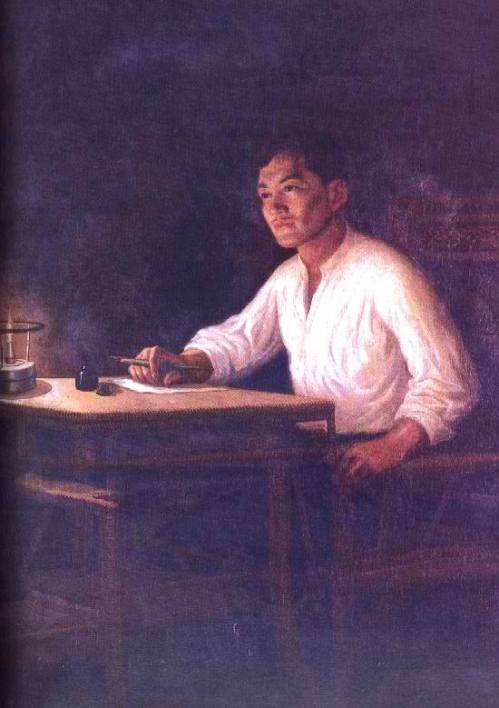
Rizal Writing His Farewell Letter by B. Gonzales. Rizal Shrine in Fort Santiago, National Historical Commission of the Philippines.

Rizal’s alcohol burner, a gift from the Pardo de Taveras where he hid his last poem. Courtesy of Vibal Foundation, Inc.
29 December, 4:00 PM: Visit of Rizal’s mother, Teodora Alonso. Then Rizal’s sister Trinidad entered to get her mother and Rizal whispered to her in English referring to the alcohol stove, “There is something inside.” They were also accompanied by Narcisa, Lucia, Josefa, Maria and son Mauricio Cruz. Leoncio Lopez Rizal, Narcisa’s eleven-year-old son, was not allowed to enter the cell. While leaving for their carriages, an official handed over the alcohol stove to Narcisa. After their visit, Fathers Vilaclara and Estanislao March returned to the cell followed by Father Rosell.

Teodora Alonso, the matriarch of the Rizal clan, with her daughters and grandchildren. Courtesy of Vibal Foundation, Inc.
29 December, 6:00 PM: Rizal was visited by the Dean of the Manila Cathedral, Don Silvino Lopez Tuñon. Father March left Father Vilaclara to be with the two.
29 December, 8:00 PM: Rizal’s last supper where he informed Captain Dominguez that he already forgave those who condemned him.
29 December, 9:30 PM: Rizal was visited by the fiscal of the Royal Audiencia of Manila, Don Gaspar Cestaño with whom Rizal offered the best chair of the cell. According to accounts, the fiscal left with “a good impression of Rizal’s intelligence and noble character.”
30 December, 5:30 AM: Rizal took his last meal. According to stories told to Narcisa by Lt. Luis Taviel de Andrade, Rizal threw some eggs in the corner of a cell for the “poor rats,” “Let them have their fiesta too.” Rizal also wrote to his family and to his brother.
30 December, 5:00 AM: Teary-eyed Josephine Bracken and Josefa Rizal came. According to the testimony of the agent of the Cuerpo de Vigilancia, Josephine and Rizal were married. Josephine was gifted by Rizal with the classic Thomas á Kempis book Imitations of Christ in which he inscribed, “To my dear and unhappy wife, Josephine, December 30th, 1896, Jose Rizal.” They embraced for the last time.
30 December, 6:00 AM: Rizal wrote his father, Francisco Mercado “My beloved Father, Pardon me for the pain with which I repay you for sorrows and sacrifices for my education. I did not want nor did I prefer it. Goodbye, Father, goodbye… Jose Rizal.” To his mother, he had only these words, “To my very dear Mother, Sra. Dña Teodora Alonso 6 o’clock in the morning, December 30, 1896. Jose Rizal.”
30 December, 6:30 AM: Death march from Fort Santiago to Bagumbayan begins. 4 soldiers with bayoneted rifles lead the procession followed by Rizal, Taviel de Andrade, Fathers Vilaclara and March and other soldiers. They passed by the Intramuros plaza, then turned right to the Postigo gate then left at Malecon, the bayside road now known as Bonifacio Drive.

Rizal arrives at the execution site. Rizal Shrine in Calamba, National Historical Commission of the Philippines.
30 December, 7:00 AM: Rizal, after arriving on the execution site at the Luneta de Bagumbayan, was checked with his pulse by Dr. Felipe Ruiz Castillo. It was perfectly normal. Rizal once wrote, “I wish to show those who deny us patriotism that we know how to die for our duty and our convictions.”
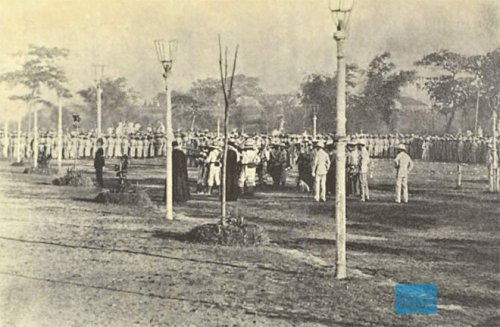
Actual photo of Rizal’s execution, as the soldiers aimed their guns at their relaxed victim. Courtesy of Vibal Foundation, Inc.
“Preparen.” “Apunten.” Rizal shouted, “Consummatum est.” It is done.
30 December, 7:03 AM: With the captain shouting “Fuego!” Shouts rang out from the guns of eight indio soldiers. Rizal, being a convicted criminal was not facing the firing squad. As he was hit, he resists and turns himself to face his executors. He falls down, and dies facing the sky.
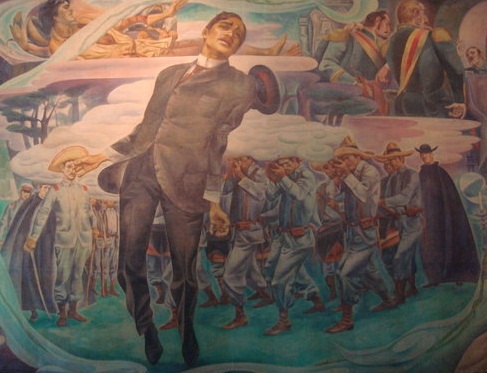
“Fuego!” Detail from a mural by Carlos “Botong” Francisco at the Rizal Shrine at Fort Santiago, National Historical Commission of the Philippines.
“Viva España! Muerte a los traidores!”
But in two years, the victorious Philippine revolutionaries will seal the fate of the Spanish Empire in the east. Three hundred thirty three years of Spanish Colonialism ended in 1898.

Bonifacio, Father of the Filipino Nation and Initiator of the Philippine Revolution. Detail from the mural “History of Manila” by Carlos “Botong” Francisco at the Manila City Hall.
30 December 1896, afternoon: Narcisa, after a long search, discovered where her brother’s body was secretly buried, at the old unused Paco Cemetery. She asked the guards to place a marble plaque designed by Doroteo Ongjungco containing Rizal’s initials in reverse—“RPJ.”
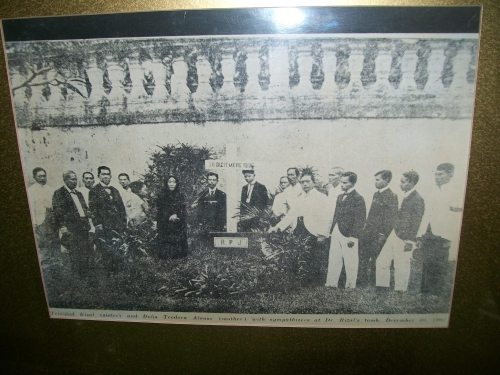
Rizal’s grave at Paco Park. From the exhibit for the Rizal Sesquicentennial International Conference at the University of the Philippines.
17 August 1898: Four days after the Mock Battle of Manila when the Americans took over the city, the remains of Rizal where exhumed. They were brought to Narcisa’s house, washed and cleansed and were placed in an ivory urn designed by Romualdo Teodoro de Jesus. The urn stayed there until 1912.
29 December 1912: From Estraude Street in Binondo, Manila, the urn was transferred in a procession headed by the masons and the Knights of Rizal to the marble hall of the Ayuntamiento de Manila, where it stayed overnight with the Knights on guard.

Knights of Rizal guarding the urn at the Marble Hall of the Ayuntamiento de Manila. Note the masonic symbol amidst the flowers and the initials CR meaning Caballeros de Rizal (Knights of Rizal). Courtesy of In Excelsis by Felice Prudente Sta, Maria.
30 December 1912, morning: In a solemn procession, the urn began its last journey to Rizal’s final resting place the base of the soon-to-rise national monument to José Rizal.
30 December 1913: The Rizal National Monument at the Luneta was inaugurated. Its original design name was “Motto Stella” (Guiding Star) and was made by Swiss sculptor Dr. Richard Kissling who earlier also made the National Monument to William Tell, the National Hero of Switzerland.
30 December 2012: The transfer of the remains of Rizal from Binondo to the site of the Rizal Monument was recreated one hundred years later by the Order of the Knights of Rizal and the National Historical Commission of the Philippines in commemoration of Rizal’s 116th Martyrdom Anniversary.
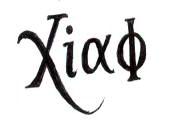
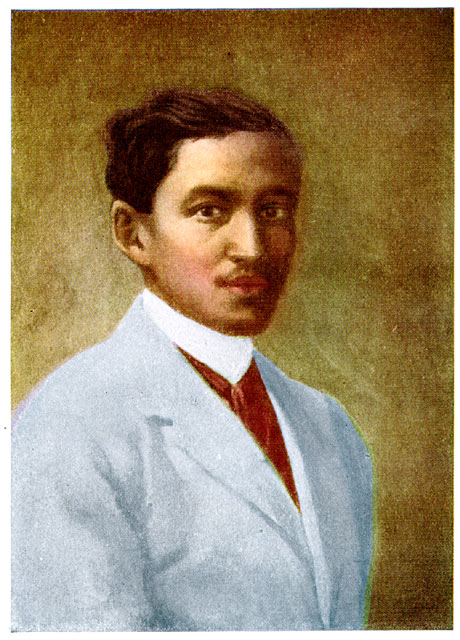
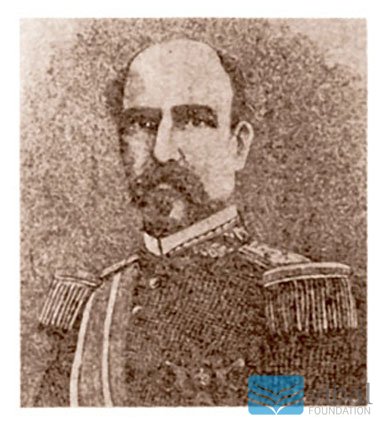
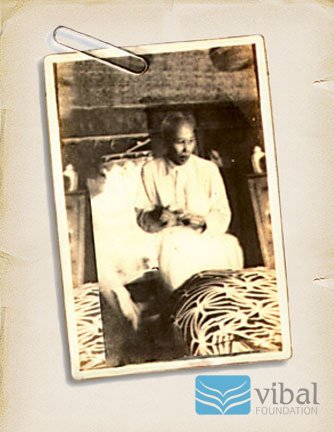
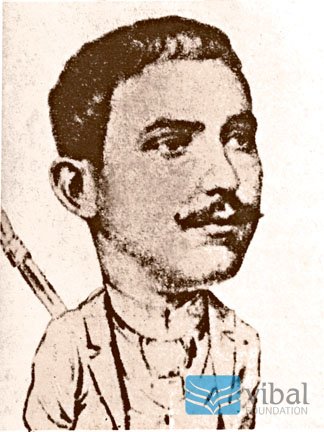

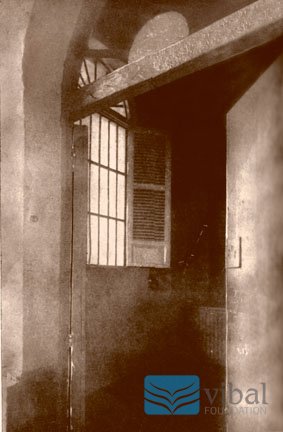

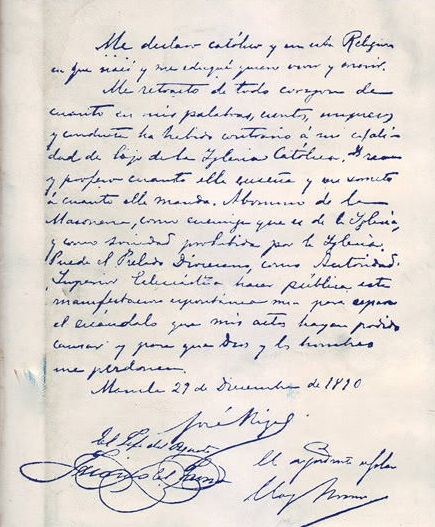
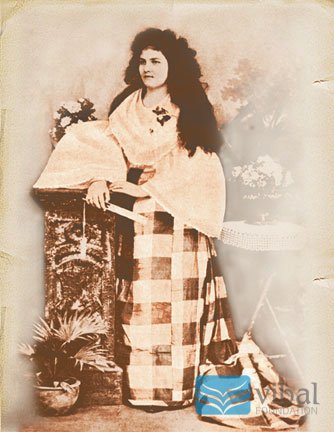
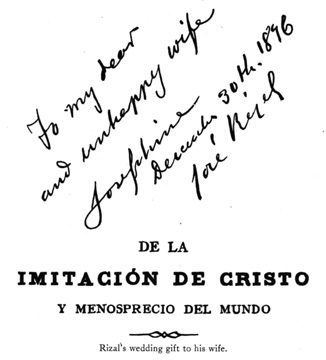

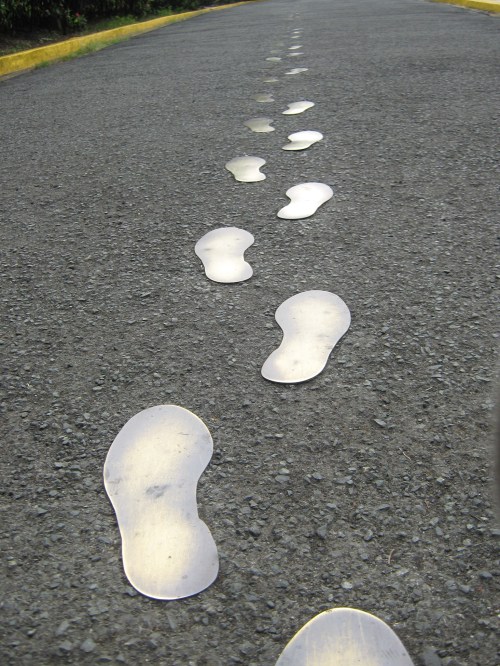
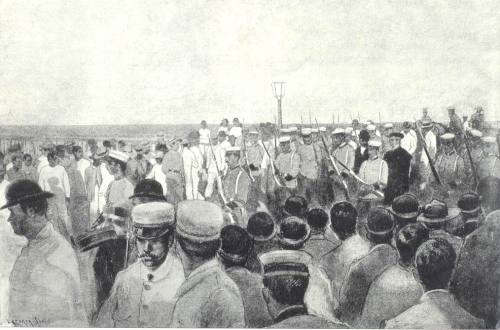

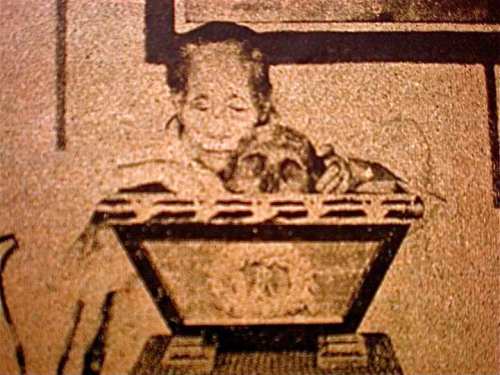
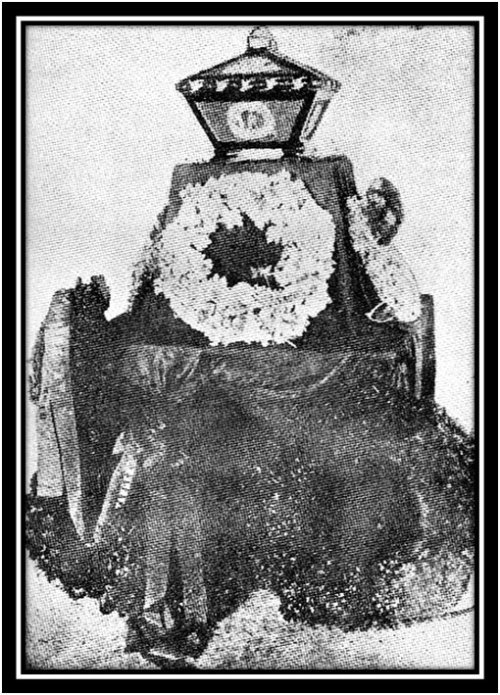

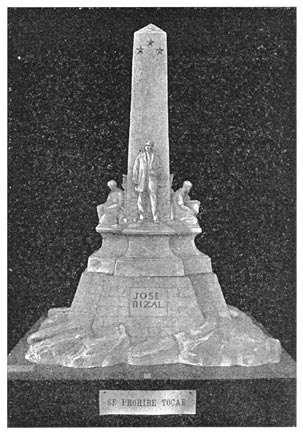

[…] THE LAST DAYS OF JOSÉ RIZAL: A Timeline of His Last Arrest, Incarceration, Execution and the Journe… […]
[…] been captured in a blog post by Michael “Xiao” Chua. You can read it through this link. (Thank you, Sir Xiao for writing this timeline!) Meanwhile, here is our 3rd stamp, to allow you […]
Excellent, thanks so much, this really helps put it in perspective. I’ve been trying to piece together a documentary and each research piece I have keeps sending me here or there! This one really helped me see the bigger picture!
” ….. NAPAKA-LUPIT, NAPAKA-BAGSIK TALAGA ng. MGA PARING KATOLIKO KASABWAT ang GOBYERNONG KATOLIKO,,PATI si DR. JOSE RIZAL HINDI NILA PINATAWAD. HINATULAN NILA ng BITAY si DR. JOSE RIZAL. NASAAN ang PAGIGING MAKA-DIOS, MAKA-TAO, MAKA-BAYAN ng CATHOLIC CHURCH ….. ? ”
” ….. HINDI NAMAN HEINUOS CRIMINAL si DR. JOSE RIZAL, PATI IYONG VOTING sa MARCIAL COURT ay PATAGO NA DINAYA PA ng MGA KATOLIKONG nasa POSISYON sa GOBYERNO ng PANAHONG IYON ….. ? “